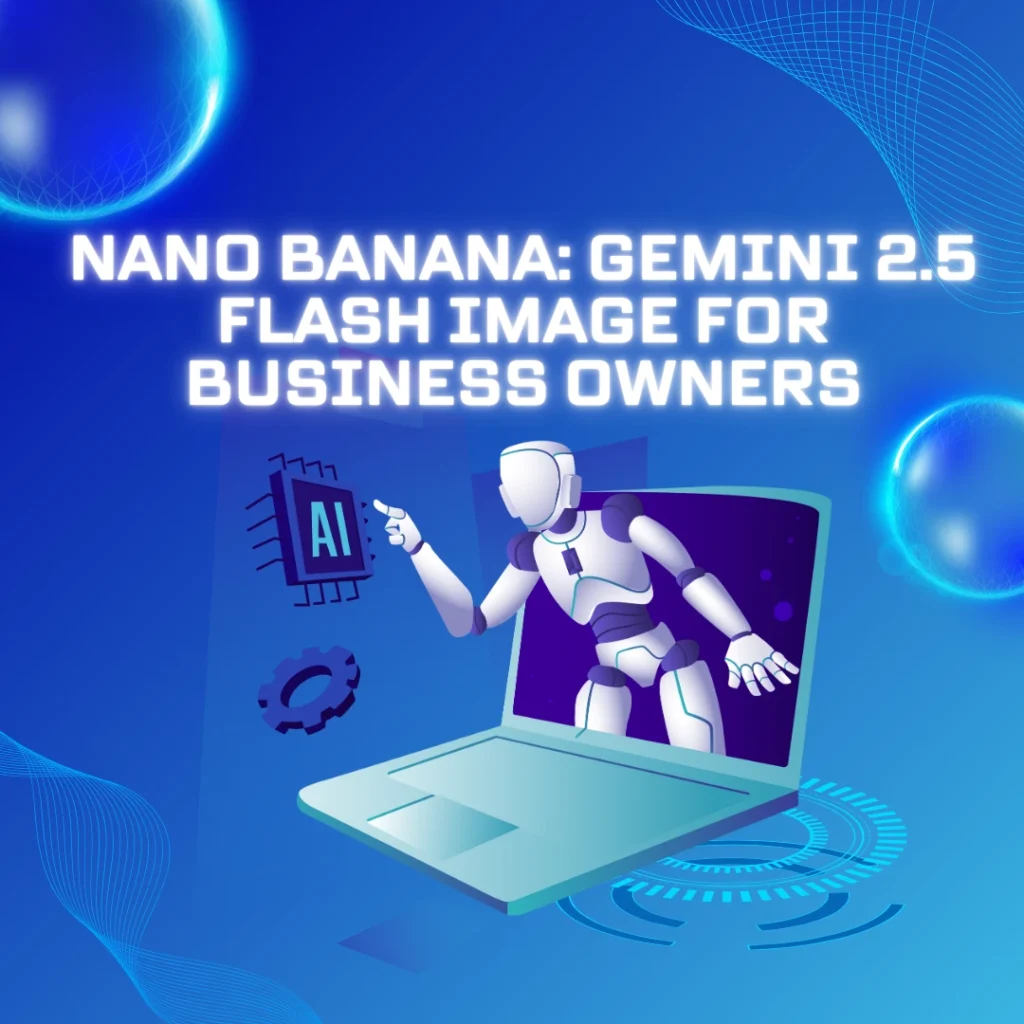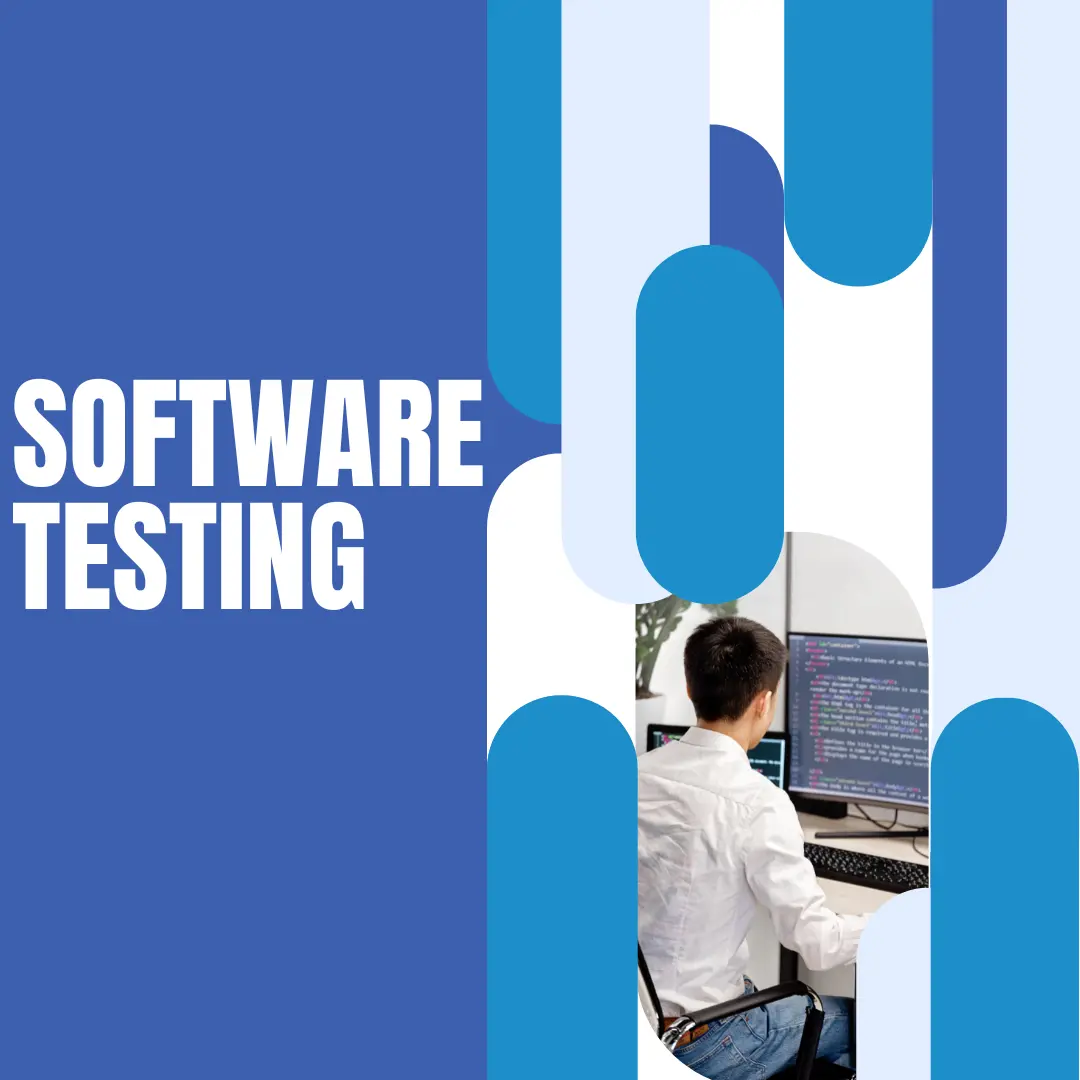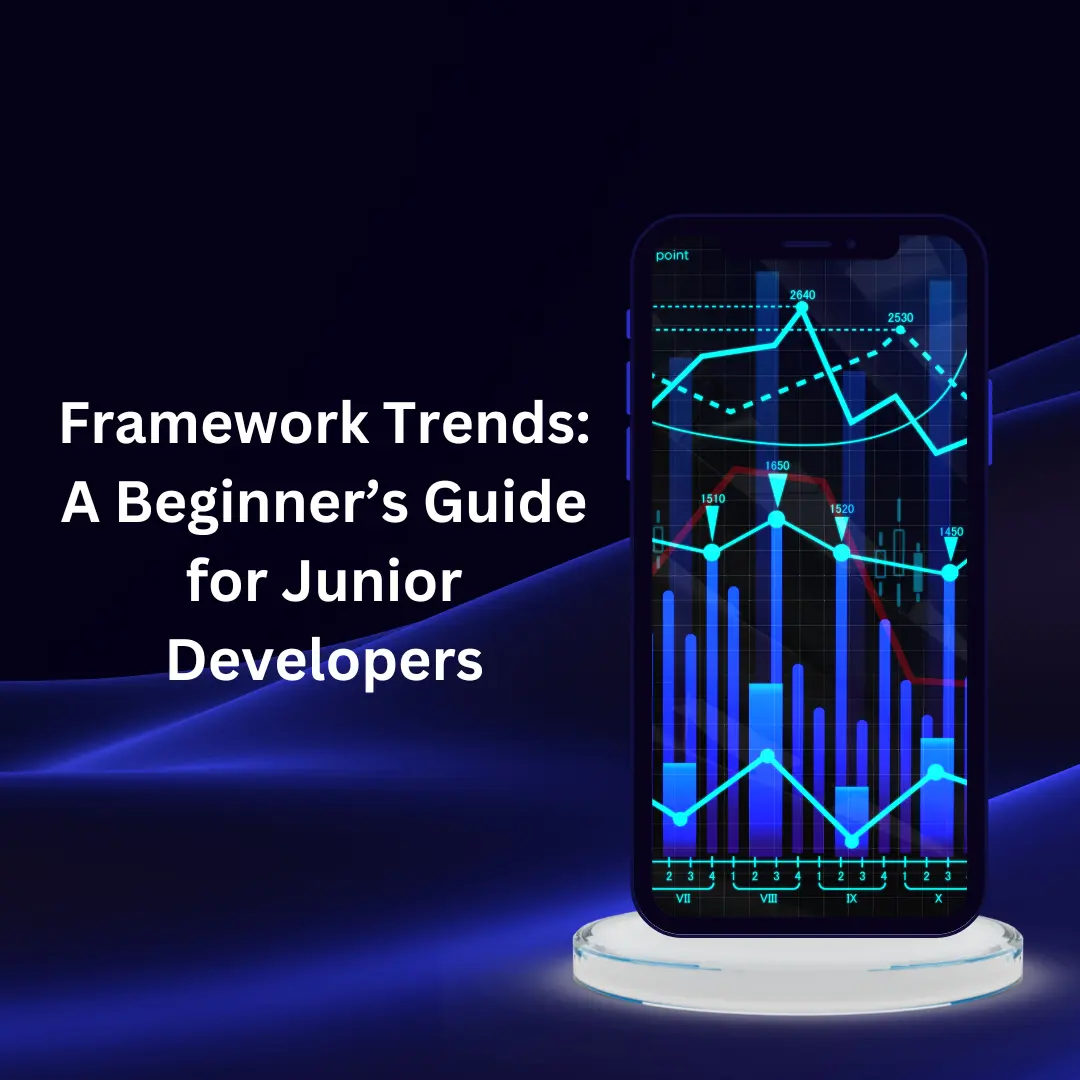Introduction
If you’ve been following AI news, you may have heard the term nano banana. It’s not a fruit—it’s shorthand for Gemini 2.5 Flash Image (Nano Banana), a lightweight version of Google DeepMind’s Gemini AI.
For business owners, this matters. Nano Banana is designed to run faster, cheaper, and on smaller devices while still delivering powerful AI capabilities. Whether you’re building an app, running e-commerce, or exploring automation, Nano Banana can give you access to cutting-edge AI without the high costs of heavy models.

In this article, we’ll cover why Nano Banana is important, explore the main options, show you how to choose the best setup, and share best practices to make it work for your business.
Why It Matters
AI is no longer just for tech giants. Business owners now have access to advanced tools that once required expensive infrastructure. Nano Banana plays an important role here:
- Cost efficiency: Lightweight AI reduces server costs and energy usage.
- Speed: Optimized for quick responses, making it ideal for apps, chatbots, and real-time services.
- Accessibility: Can run on edge devices like smartphones or small servers.
- Scalability: Easier to integrate without redesigning your infrastructure.
According to McKinsey, 55% of companies already use AI in at least one business unit. But many smaller businesses hold back due to cost and complexity. Nano Banana lowers these barriers.
Sample case: A small e-commerce brand integrated Nano Banana for product image recognition. Instead of paying for large, cloud-heavy AI models, they cut monthly infrastructure costs by 40% while still giving customers a visual search option.

Top Options / Tools
When we talk about Gemini 2.5, there are different tiers. Nano Banana is one of them—but not the only one. Here’s how they compare:
1. Gemini Nano (Nano Banana)
- Description: The smallest, fastest variant. Optimized for lightweight tasks like on-device image analysis, classification, and real-time interactions.
- Pros: Low cost, runs on small devices, excellent speed.
- Cons: Limited compared to larger models in reasoning and multi-modal complexity.
- Best for: Startups, mobile apps, and businesses testing AI without big budgets.
2. Gemini Flash
- Description: Mid-range, balancing speed and quality. Works well for dynamic tasks like customer support chatbots with image understanding.
- Pros: More capable than Nano Banana, good balance of price/performance.
- Cons: Higher compute needs than Nano Banana.
- Best for: SMBs that want to scale with both speed and accuracy.
3. Gemini Pro
- Description: More advanced, suitable for deeper reasoning and analysis.
- Pros: Stronger accuracy, good for complex workflows.
- Cons: Slower, more expensive, not ideal for real-time tasks.
- Best for: Businesses that need advanced data or image insights.
4. Gemini Ultra
- Description: Top-tier model with the most features and power.
- Pros: Best reasoning and multi-modal performance.
- Cons: Very resource-heavy and costly.
- Best for: Enterprises with complex R&D or AI-driven core products.

How to Choose the Best Option
Here’s a simple decision framework for business owners:
- Identify your use case. Do you need fast image recognition in your mobile app (Nano Banana), or detailed analysis for research (Pro/Ultra)?
- Set your budget. Nano Banana is ideal if you want to experiment without heavy cloud costs.
- Check your infrastructure. If you have limited servers or want edge deployment, Nano Banana is best.
- Test before scaling. Start with Nano Banana for pilot projects, then move to Flash or Pro if needed.
- Measure ROI. Track improvements in customer experience, sales, or efficiency to decide whether to scale up.
Tip: Many businesses start with Nano Banana, prove the concept, and later upgrade to Flash or Pro when scaling.
Tips & Best Practices
Here are practical ways to make Nano Banana work effectively:
Do’s and Don’ts
Do:
- Start with small, high-impact use cases (e.g., image tagging, quick customer queries).
- Optimize prompts for efficiency—shorter inputs mean faster outputs.
- Monitor performance and cost closely.
Don’t:
- Expect Nano Banana to replace deep analytics models—it’s meant for lightweight tasks.
- Overload it with complex requests that need reasoning.
- Ignore compliance—ensure data privacy when using AI tools.
Best Practices
- Combine with human review. Use Nano Banana for fast automation but keep humans for final checks.
- Market the AI advantage. If you’re using Nano Banana in a customer-facing tool, highlight the speed and convenience.
- Stay updated. AI models evolve quickly—updates may improve speed or add new capabilities.
Mini Example
A travel booking website integrated Nano Banana into its app to let users upload photos of landmarks. The system instantly recognized the image and suggested tours. This increased user engagement by 25% without raising infrastructure costs.

Conclusion
Nano Banana—short for Gemini 2.5 Flash Image (Nano Banana)—gives business owners a way to access AI power without enterprise-level budgets.
Key takeaways:
- It’s fast, lightweight, and ideal for mobile and edge deployments.
- Best suited for businesses testing or scaling small AI features.
- Cost savings and speed make it a smart starting point before moving to larger Gemini models.
Next step: Explore Nano Banana for a pilot project in your business—whether it’s visual search, customer support, or product tagging. Then measure results and decide if scaling makes sense.
FAQ
What is Nano Banana in Gemini 2.5?
Nano Banana is the lightweight version of Gemini 2.5 Flash Image, designed for fast, low-cost AI on smaller devices.
How is Nano Banana different from Gemini Flash or Pro?
Nano Banana prioritizes speed and efficiency, while Flash and Pro handle more complex reasoning and tasks.
Can small businesses use Nano Banana effectively?
Yes. It’s ideal for small businesses because it cuts infrastructure costs while enabling real AI features.
Is Nano Banana free?
Most providers charge per API usage. Costs are significantly lower than larger models, making it budget-friendly.
What are the best use cases for Nano Banana?
Image classification, customer interaction tools, product tagging, and real-time mobile features.
Read More

Software Testing: A Beginner’s Guide for Developers
Introduction Software testing is the process of checking if your code works as expected before releasing it to users. For…

Nano Banana: Gemini 2.5 Flash Image for Business Owners
Introduction If you’ve been following AI news, you may have heard the term nano banana. It’s not a fruit—it’s shorthand…

Work From Home Tips: A Practical Guide for Professionals
Introduction Working remotely sounds simple—just open your laptop and start. But in practice, it can be challenging. Distractions, lack of…

Top 10 Productivity Tips That Are Free for Students and Professionals
Introduction Boosting productivity doesn’t have to cost money. Whether you’re a student facing exams or a professional trying to manage…

How to Speak English Easily Step by Step
Introduction Learning English is easier when you follow a structured path. Many learners ask how to speak English easily step…

Framework Trends: A Beginner’s Guide for Junior Developers
Introduction Framework trends are shaping how websites, apps, and digital tools are built. If you’re a junior developer, staying on…